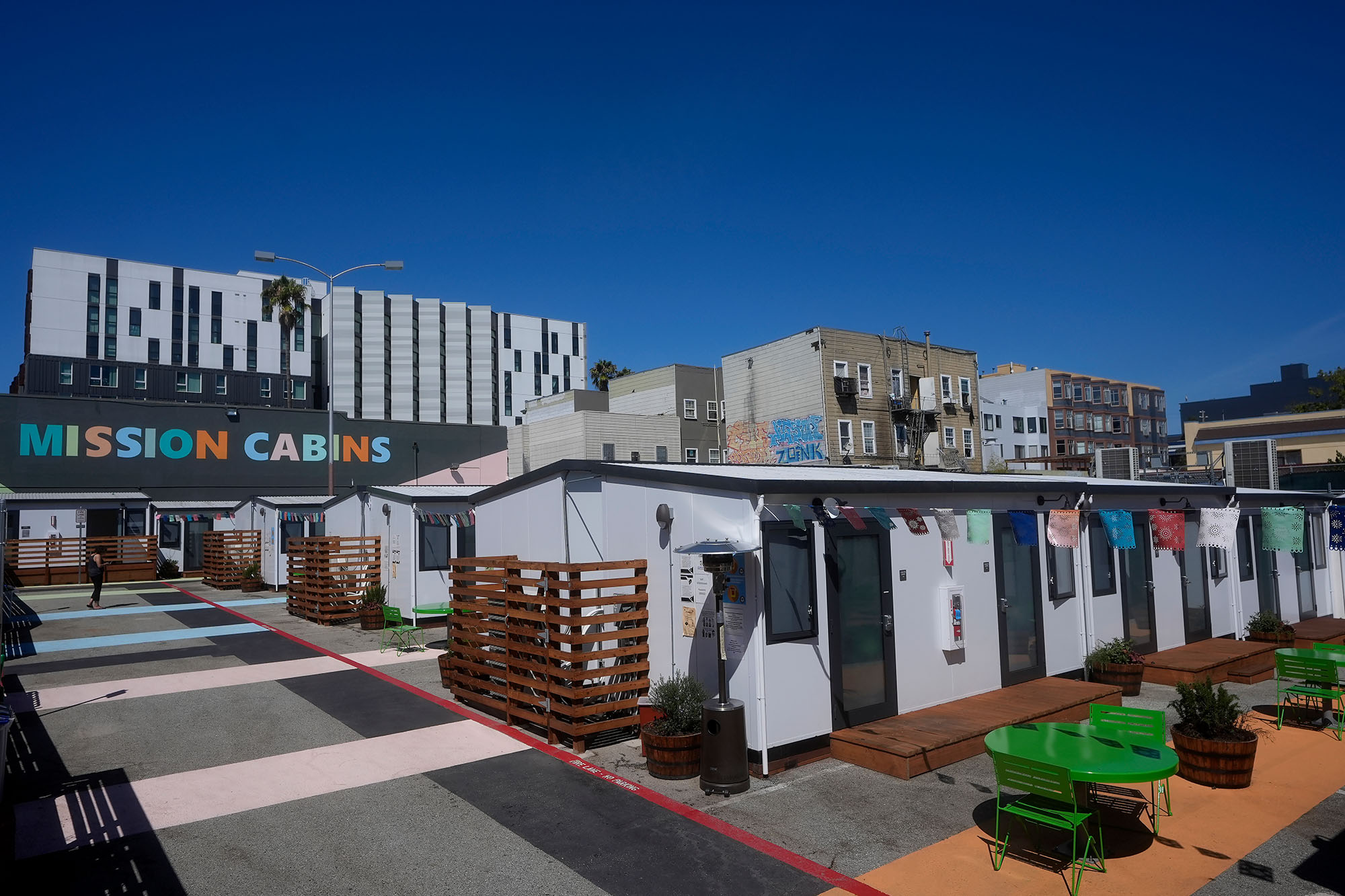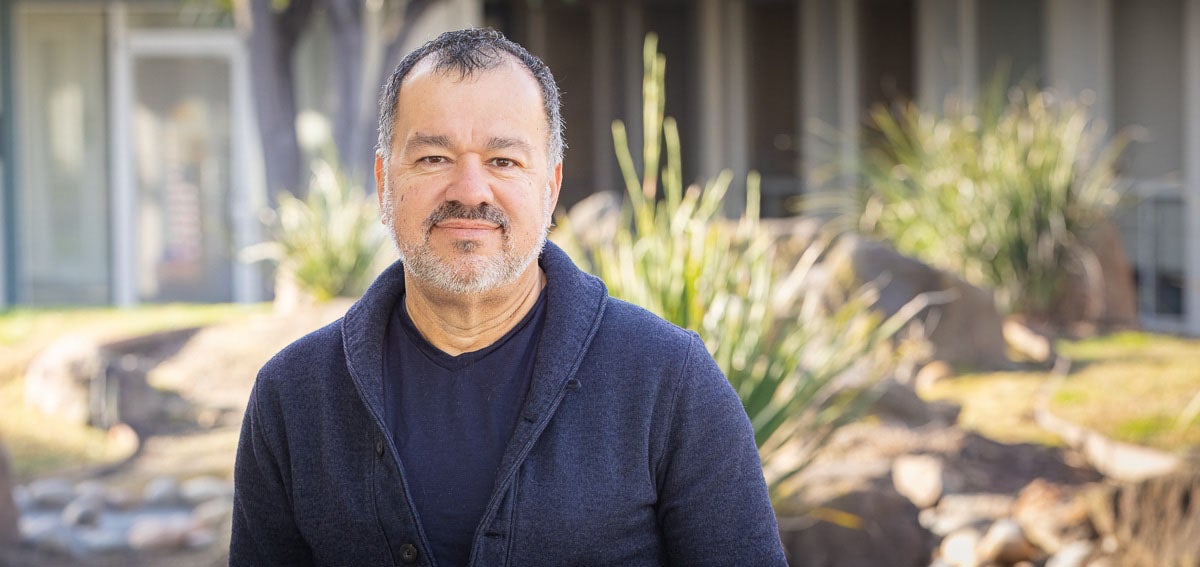
California faces a looming mental health crisis, and nowhere is that more evident than in the criminal justice system. In CALmatters, Jocelyn Wiener writes, “After decades of failure to create and fund policies that effectively help people with serious mental illnesses, many now say the jails and prisons have become the state’s default mental institutions.”

A California Health Care Foundation Almanac report found that the incidence of mental illnesses in California’s jails and prisons is very high. In 2015, 38% of female prison inmates and 23% of male prison inmates received mental health treatment while incarcerated. California’s state hospitals house an overwhelming proportion of patients who have come through the criminal justice system — more than 95% of patients are committed to long-term treatment by criminal courts.
Sheree Lowe, vice president of behavioral health for the California Hospital Association, told Wiener that the outsize role of the state hospital system in providing mental health care is indicative of a broader societal issue: “Letting people get so sick” that they end up in jails and emergency rooms. In a response to Wiener’s piece, the editorial board of the Press-Enterprise urged, “What we need more is early mental health care at the community level.”
A Way Forward
For increased community-level intervention to take place, California needs a robust mental health workforce with a focus on meeting the needs of underserved regions like the San Joaquin Valley and other rural areas. A new report from the California Future Health Workforce Commission lays out tangible recommendations for fixing the state’s behavioral health, primary care, and home health workforce shortages by 2030. (CHCF is one of five organizations that funded the Commission’s work.)
Anna Gorman reports in California Healthline that the Commission was established in August 2017 and is comprised of “two dozen representatives from hospitals, schools, businesses, and labor.” University of California President Janet Napolitano and CommonSpirit Health (formerly Dignity Health) CEO Lloyd Dean served as co-chairs.
To address California’s dearth of mental health workers, the Commission recommends, among other things, the establishment of training programs for psychiatric nurse practitioners; the expansion of residency positions for psychiatrists; the endowment of scholarships for priority health professions, including social workers; and the increased use of mental health peer counselors. (California might model its approach to peer counseling on an innovative program in Washington state that trains and deploys people who have recovered from mental illness or addiction to deliver behavioral health services.)
The Cost of the Status Quo
Cathie Anderson reports in the Sacramento Bee that the Commission’s plan is estimated to cost $3 billion over 10 years. This might sound like a significant investment, but Napolitano says $3 billion is less than 1% of what Californians are projected to spend on health care in 2019 alone. Or, as the editorial board of the San Francisco Chronicle puts it, “When it comes the future of health in California, the money may count as a far smaller cost than continuing with the status quo.”
In a guest commentary for CALmatters, Napolitano and Dean urge leaders across the state to tackle “the next big health care challenge: a growing shortage of workers who provide care for Californians.” Without immediate action to address the “shortfall of 4,100 primary care physicians, nurse practitioners, and physician assistants,” the state’s residents, health care systems, and economy will suffer. As Sammy Caiola points out in a radio piece for Capital Public Radio, California’s doctor shortage could get worse if thousands more residents gain insurance under Governor Gavin Newsom’s latest health care proposals.
To learn more about the Commission’s recommendations for addressing workforce issues across California’s health care system, a briefing on the findings will be held in Sacramento on February 20, 2019. Register now to attend in person or via livestream.
How is California’s health workforce shortage affecting your community? Email me.
Authors & Contributors






